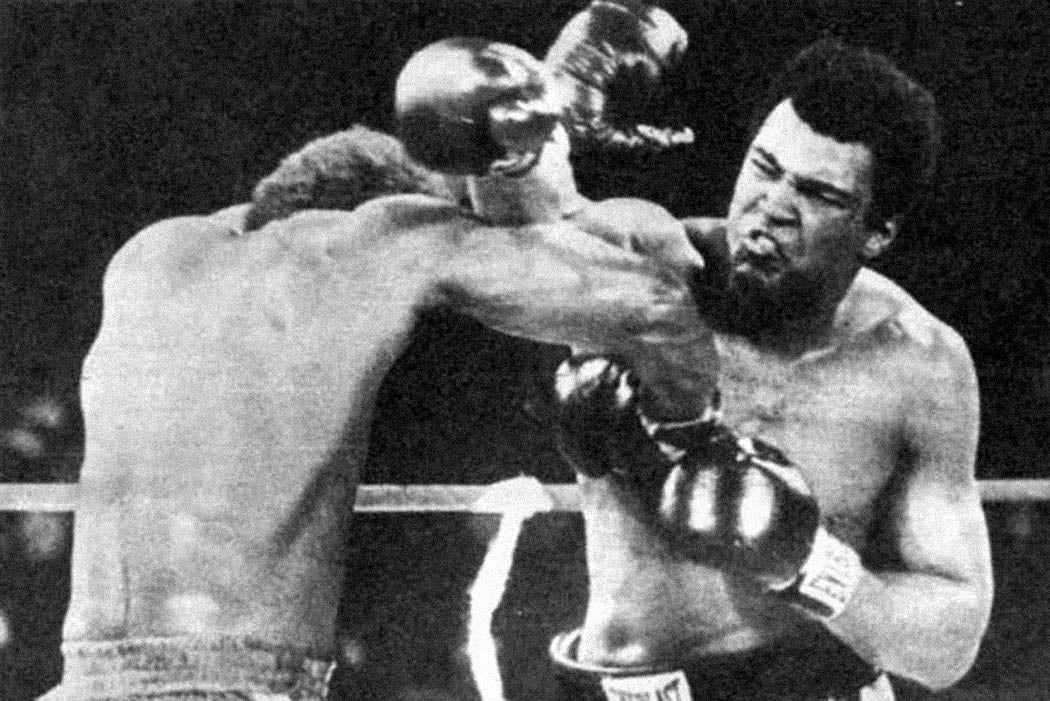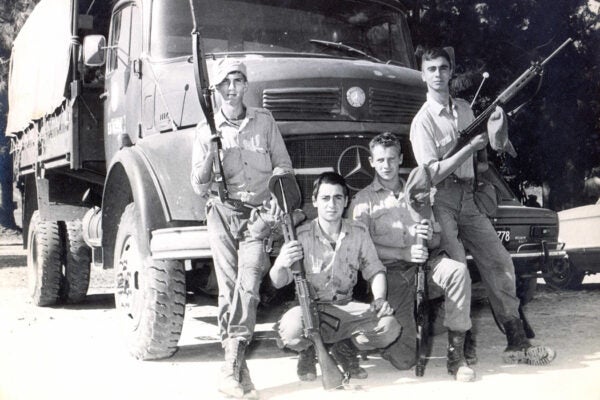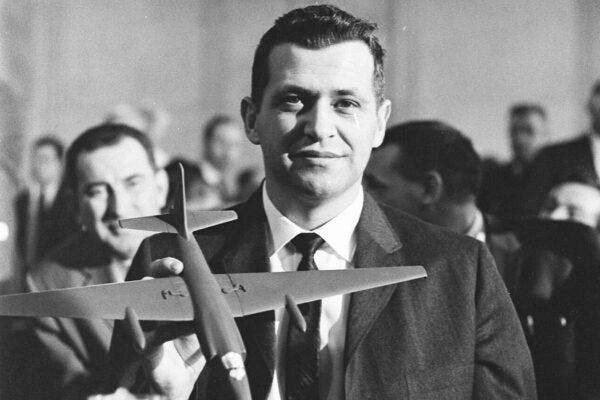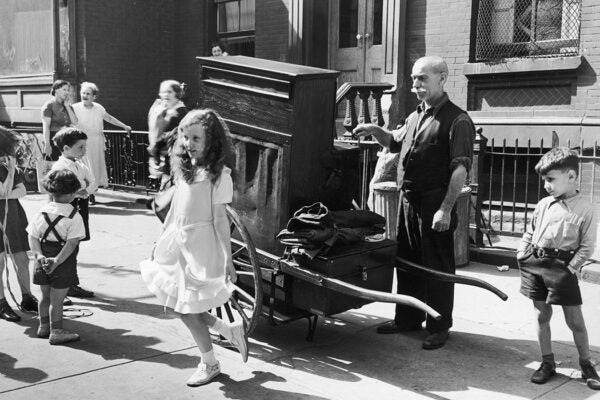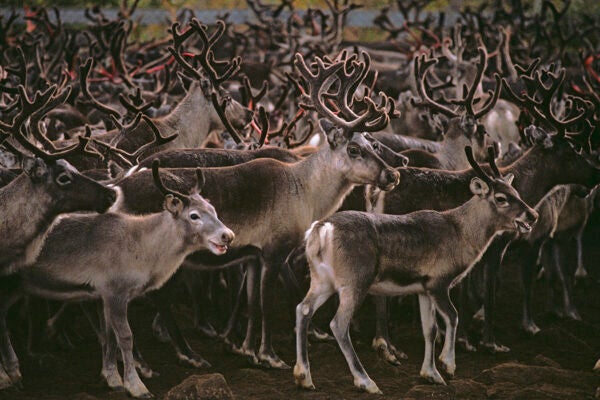Fifty years ago, on October 30, 1974, Muhammad Ali and George Foreman met in a boxing ring in Kinshasa, Zaire. As historian Lewis A. Erenberg explains, the Rumble in the Jungle was perhaps the most politically freighted prize fight ever.
At the time of the fight, Erenberg writes, the ideological meaning of Black American athletic excellence was highly contested. During the Cold War, the Soviet Union attempted to position itself as the champion of people oppressed by colonialism and racism around the world. In response, the American government promoted Black American entertainers and athletes as symbols of the opportunities for greatness available to all.
Early in his career, Ali supported the narrative of American racial progress. After winning a gold medal at the 1960 Olympics, he defended his home country to Soviet journalists. But, within a few years, he had converted to Islam, embraced Black nationalism, and traveled around Africa and the Middle East absorbing anti-colonial and Pan African ideas. After refusing to fight in the Vietnam War in 1967, he was stripped of his champion title.
Meanwhile, Erenberg writes, Foreman grew up in a poor Houston neighborhood and turned to violence and robbery before joining the Job Corps—a US government program that he credited with saving him from ruin. He discovered boxing in 1966 and just two years later made it to the Olympics. While sprinters Tommie Smith and John Carlos were thrown out of the games for giving the Black Power salute, Foreman knocked out a Russian boxer to win the heavyweight gold medal and declared himself “proud to be an American.”
The location of the fight was also significant. Zaire had been the site of some of the most horrific colonial practices during its time as a colony known as Belgian Congo. (Today it’s known as the Democratic Republic of Congo.) Its postcolonial government sought to showcase it as a modern nation. For the descendants of enslaved Africans in the US and elsewhere, including Ali, it was also important to show the world that their ancestors came from a civilized society with a rich culture rather than the “savage jungle” envisioned by white supremacist mythology.
Ali did not shy away from these larger themes.
Weekly Newsletter
“I’m the freedom fighter and Foreman will be fighting for the establishment,” he said. “I’m looking at [Foreman] as a Belgian, he is the oppressor of all black nations.”
For spectators in Zaire and around the world who viewed Ali as an anti-colonial champion, the fight paid off gloriously. Ali responded to the younger, undefeated Foreman not with stronger punches but with his now-famous rope-a-dope strategy, leaning on the ropes of the ring, which helped absorb the force of the blows until his opponent wore himself out and could be defeated. Erenberg notes that this use of wit and strategic thinking played like a story from Black folklore in which a clever hero defeats a stronger foe through cleverness—a salient theme for opponents of worldwide white supremacy.
